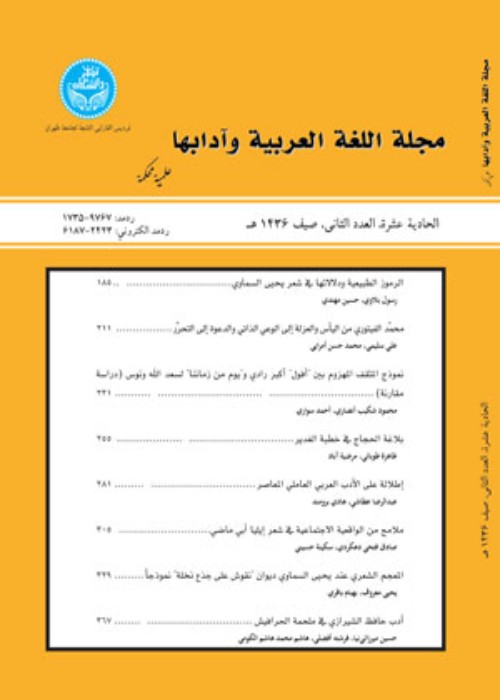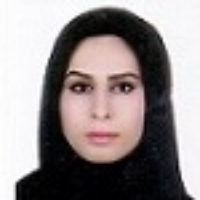A study of the Spatial Narrative Direction of the Qur’anic Discourse in Iranian and Algerian Studies
Author(s):
Article Type:
Research/Original Article (دارای رتبه معتبر)
Abstract:
In the wake of the emergence of modern narratives, the twentieth century witnessed a transition in Qur’anic studies from the traditional reading of stories, to the analysis of their narration using procedures derived from Western criticism. In our search for critical studies that have employed modern narratives in the study of Quranic places, we find ourselves in front of a number of researches that dealt with different places and did not know a single way in their interaction with them. The present research came to present how researchers treat Qur’anic places in the light of modern narratives, and addresses the systematic attempts to study the space of its narrative stories, with a discussion that reveals the efforts of scholars and internalizes their visions, according to the content analysis method, which monitors articles published in Iranian and Algerian refereed journals, with a period of time that exceeded the two decades, starting from 1999 and ending with this year, and examining and studying what researchers have accomplished in this field in terms of different approaches and procedures, and studying them, and its importance lies on the fact that it made the creativity of others a subject for study and research, thus contributing to the field of reading in which, in its absence, the movement of criticism loses its activity and vitality. In conclusion, he concluded that the lack of organization of a specific framework for the methodology of the place criticism in the views of the pioneers of the narratives, produced critical studies that are hardly collected under one umbrella due to the divergence of visions and the multiplicity of orientations, and they remained ranging from working on the level of descriptive language and interpretive reading, or based on binary polarities, or in some of them, they did not go beyond the limits of providing information that was previously mentioned in the interpretations of the Qur’an. However, the existence of this amount of research does not negate creative approaches that have reached the point of theorizing in the arena of the spatial study of the Qur’anic narrative, as it revealed in-depth readings of the narrative place, which reached its climax in the theory of "Scenic Writing", which liked to be a narrative space theory.
Keywords:
Language:
Arabic
Published:
Arabic Language and Literature, Volume:19 Issue: 56, 2023
Pages:
1 to 19
https://magiran.com/p2563521
دانلود و مطالعه متن این مقاله با یکی از روشهای زیر امکان پذیر است:
اشتراک شخصی
با عضویت و پرداخت آنلاین حق اشتراک یکساله به مبلغ 1,390,000ريال میتوانید 70 عنوان مطلب دانلود کنید!
اشتراک سازمانی
به کتابخانه دانشگاه یا محل کار خود پیشنهاد کنید تا اشتراک سازمانی این پایگاه را برای دسترسی نامحدود همه کاربران به متن مطالب تهیه نمایند!
توجه!
- حق عضویت دریافتی صرف حمایت از نشریات عضو و نگهداری، تکمیل و توسعه مگیران میشود.
- پرداخت حق اشتراک و دانلود مقالات اجازه بازنشر آن در سایر رسانههای چاپی و دیجیتال را به کاربر نمیدهد.
In order to view content subscription is required
Personal subscription
Subscribe magiran.com for 70 € euros via PayPal and download 70 articles during a year.
Organization subscription
Please contact us to subscribe your university or library for unlimited access!



